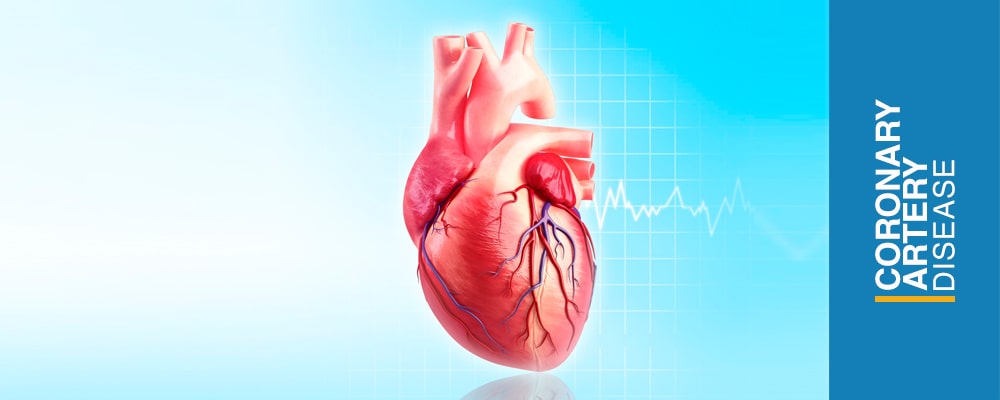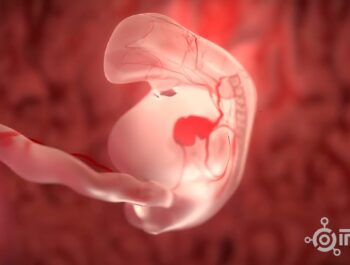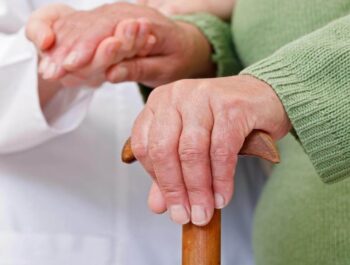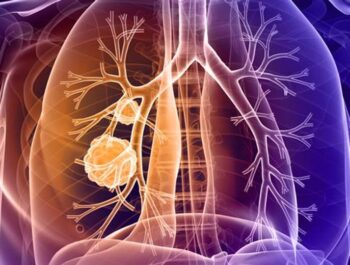
What is coronary artery disease?
4min ReadCoronary artery disease develops when the major blood vessels that supply your heart with blood, oxygen, and nutrients (coronary arteries) become damaged or diseased.
Cholesterol-containing deposits (plaque) in your arteries and inflammation are usually to blame for coronary artery disease.
When plaque builds up, it narrows your coronary arteries, decreasing blood flow to your heart. Eventually, it may cause chest pain (angina), shortness of breath, or other symptoms. A complete blockage can cause a heart attack.
Symptoms
There are some general symptoms such as:
- Chest pain (angina)
- pain in the arms or shoulders
- shortness of breath
- sweating
- dizziness
Women may experience some specific symptoms as well. They may include:
- nausea
- vomiting
- back pain
- jaw pain
- shortness of breath without feeling chest pain
Don’t ignore any of these symptoms, especially if they are excruciating or last longer than five minutes. Immediate medical treatment is necessary.
Risk factors
- Advanced age: The risk for CAD also increases with age. Men have a greater risk beginning at age 45. Women have a greater risk beginning at age 55.
- Male gender: Men are generally at greater risk of this disease. However, the risk for women increases after menopause.
- Family history
- Cigarette smoking and exposure to tobacco smoke
- High blood pressure
- High blood cholesterol levels
- Diabetes: Type 2 diabetes and coronary artery disease share similar risk factors, such as obesity and high blood pressure.
- Overweight or obesity
- Lack of exercise
- High stress
- Unhealthy eating habits: Food that has high amounts of saturated fat, trans fat, salt and sugar
- Autoimmune diseases: rheumatoid arthritis and lupus (and other inflammatory rheumatologic conditions)
- Sleep apnea: It causes you to repeatedly stop and start breathing while you’re sleeping. It increases blood pressure and strains the cardiovascular system. It possibly leads to coronary artery disease.
Complications
Coronary artery disease can lead to:
Chest pain (angina)
When your coronary arteries narrow, your heart may not receive enough blood— particularly during physical activity. This can cause chest pain (angina) or shortness of breath.
Heart attack
If a cholesterol plaque ruptures and a blood clot forms, complete blockage of your heart artery may trigger a heart attack. The lack of blood flow to your heart may damage your heart muscle. The amount of damage depends on how quickly you receive treatment.
Heart failure
If some areas of your heart are chronically deprived of oxygen and nutrients because of reduced blood flow, or if your heart has been damaged by a heart attack, your heart may become too weak to pump enough blood to meet your body’s needs. This condition is known as heart failure.
Abnormal heart rhythm (arrhythmia)
Inadequate blood supply to the heart or damage to heart tissue can interfere with your heart’s electrical impulses, causing abnormal heart rhythms.
Diagnosis
Diagnosis requires a review of your medical history, a physical examination, and another medical testing. These tests include:
- Electrocardiogram: It monitors electrical signals that travel through your heart. It can help your doctor determine whether you’ve had a heart attack.
- Echocardiogram: This imaging test uses ultrasound waves to create a picture of your heart. The results of this test reveal whether certain things in your heart are functioning properly.
- Stress test: This particular test measures the stress on your heart during physical activity and while at rest. The test monitors your heart’s electrical activity while you walk on a treadmill or ride a stationary bike. Nuclear imaging may also be performed for a portion of this test.
- Cardiac catheterization (left heart catheterization): During this procedure, your doctor injects a special dye into your coronary arteries through a catheter inserted through an artery in your groin or forearm. The dye helps enhance the radiographic image of your coronary arteries to identify any blockages.
- Heart CT scan: Your doctor may use this imaging test to check for calcium deposits in your arteries.
Treatment
Treatment depends on your current health condition, risk factors, and overall wellbeing. For example, your doctor may prescribe medication therapy to treat high cholesterol or high blood pressure. Or you may receive medication to control blood sugar if you have diabetes.
Lifestyle changes can also help to prevent heart disease and stroke. For example:
- quit smoking tobacco
- reduce or stop your consumption of alcohol
- exercise regularly
- lose weight to a healthy level
- eat a healthy diet (low in fat, low in sodium)
If lifestyle changes and medication don’t work, your doctor may recommend a procedure to increase blood flow to your heart.
These procedures may be:
balloon angioplasty
It’s used to widen blocked arteries and smoosh down the plaque buildup. It’s usually performed with insertion of a stent to help keep the lumen open after the procedure
coronary artery bypass graft surgery
It’s used to restore blood flow to the heart in open chest surgery
enhanced external counterpulsation
It’s used to stimulate the formation of new small blood vessels to naturally bypass clogged arteries in a noninvasive procedure
In brief…
Coronary artery disease is the narrowing or blockage of the coronary arteries, usually caused by atherosclerosis.
Atherosclerosis (hardening/ clogging) is the buildup of cholesterol and fatty deposits on the inner walls of the arteries.













Reviews
Number of pending reviews174